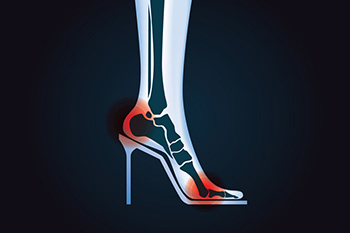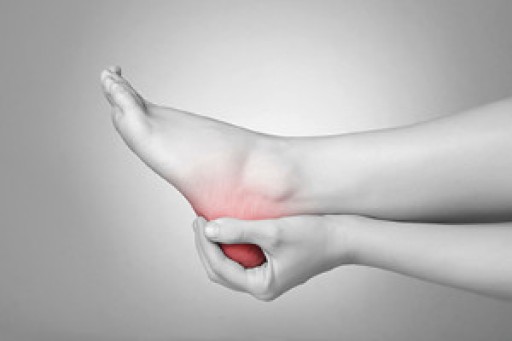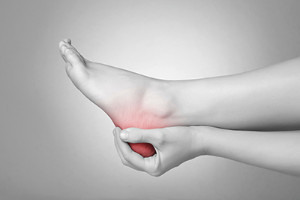
Wearing high heels can lead to several negative side effects affecting the feet. The elevated position of the heel places excessive pressure on the toes and the balls of the feet, often causing pain and discomfort. This pressure can result in conditions such as bunions, hammertoes, and calluses. Additionally, the unnatural foot position associated with high heels disrupts proper foot alignment, leading to potential issues with balance and gait. Over time, wearing high heels can contribute to joint and muscle strain, leading to chronic pain in the feet, knees, and lower back. To minimize these effects, it is important to balance high-heel wear with comfortable, supportive footwear and practice foot care routines that alleviate pressure and promote foot health. If you have developed a foot condition from frequently wearing high heels, it is suggested that you consult a podiatrist who can offer you effective relief strategies.
High heels have a history of causing foot and ankle problems. If you have any concerns about your feet or ankles, contact one of our podiatrists from Footcare Now. Our doctors can provide the care you need to keep you pain-free and on your feet.
Effects of High Heels on the Feet
High heels are popular shoes among women because of their many styles and societal appeal. Despite this, high heels can still cause many health problems if worn too frequently.
Which Parts of My Body Will Be Affected by High Heels?
- Ankle Joints
- Achilles Tendon – May shorten and stiffen with prolonged wear
- Balls of the Feet
- Knees – Heels cause the knees to bend constantly, creating stress on them
- Back – They decrease the spine’s ability to absorb shock, which may lead to back pain. The vertebrae of the lower back may compress.
What Kinds of Foot Problems Can Develop from Wearing High Heels?
- Corns
- Calluses
- Hammertoe
- Bunions
- Morton’s Neuroma
- Plantar Fasciitis
How Can I Still Wear High Heels and Maintain Foot Health?
If you want to wear high heeled shoes, make sure that you are not wearing them every day, as this will help prevent long term physical problems. Try wearing thicker heels as opposed to stilettos to distribute weight more evenly across the feet. Always make sure you are wearing the proper shoes for the right occasion, such as sneakers for exercising. If you walk to work, try carrying your heels with you and changing into them once you arrive at work. Adding inserts to your heels can help cushion your feet and absorb shock. Full foot inserts or metatarsal pads are available.
If you have any questions please feel free to contact our offices located in Elmhurst Jackson Heights, and Astoria, NY . We offer the newest diagnostic and treatment technologies for all your foot and ankle needs.











